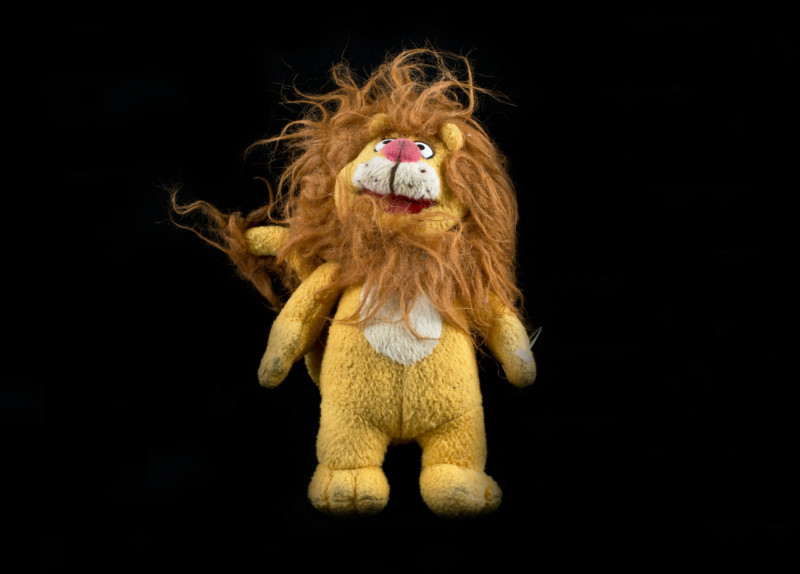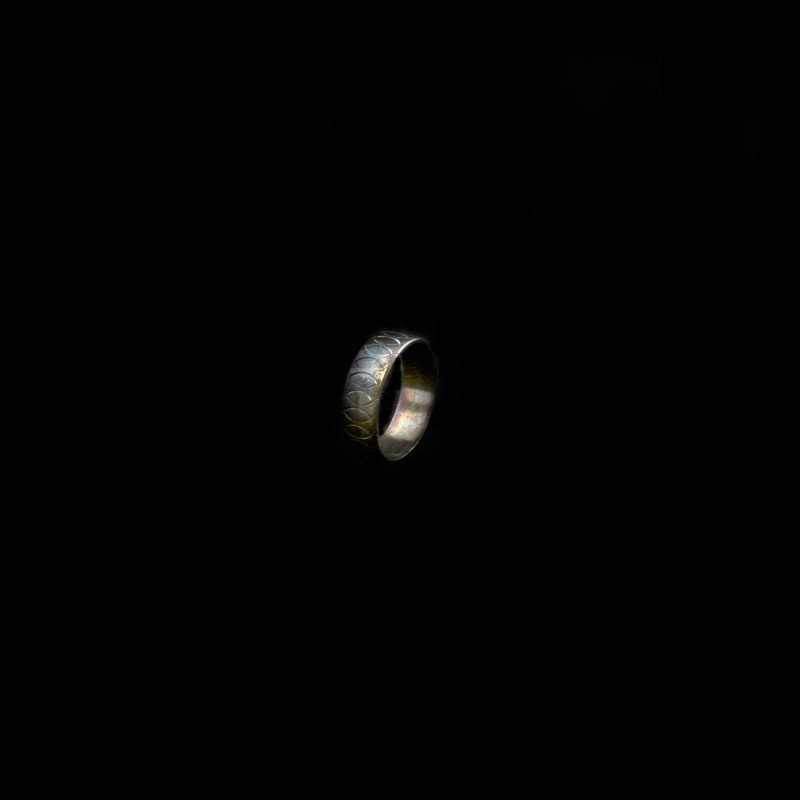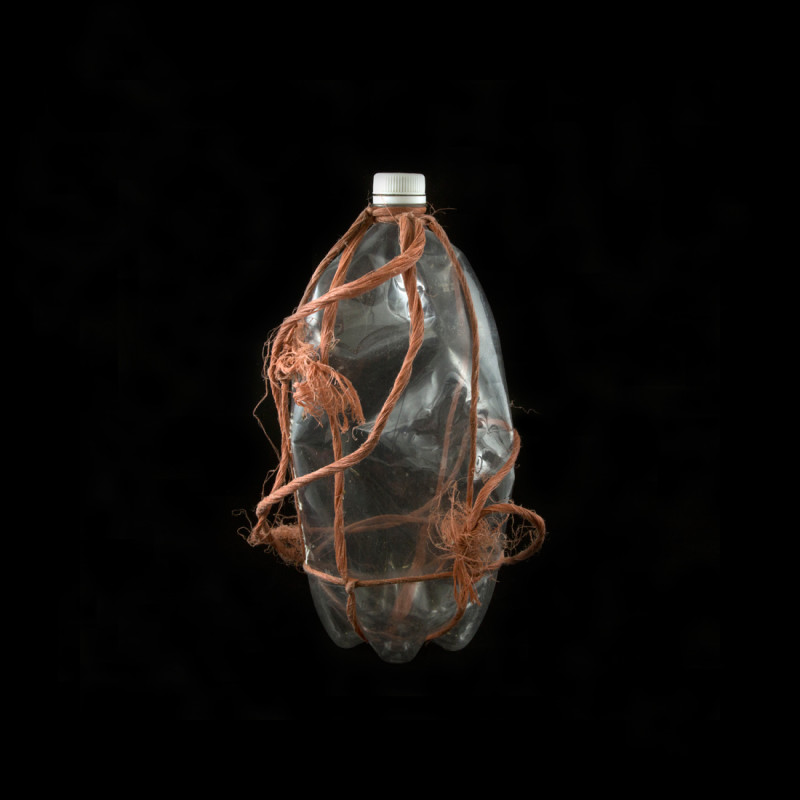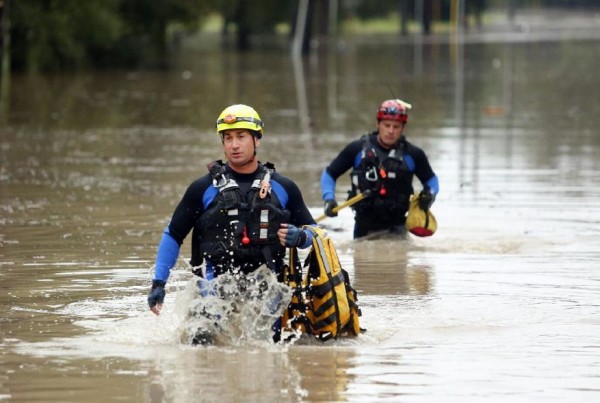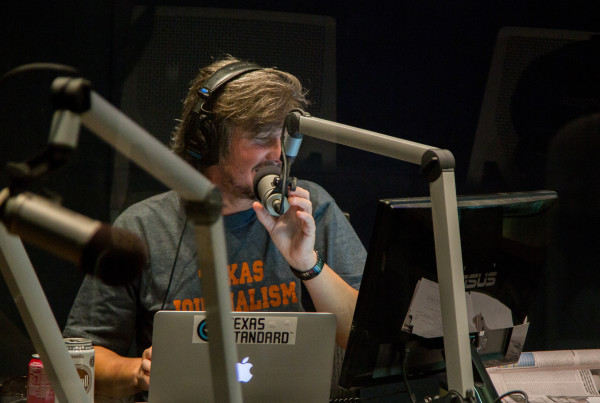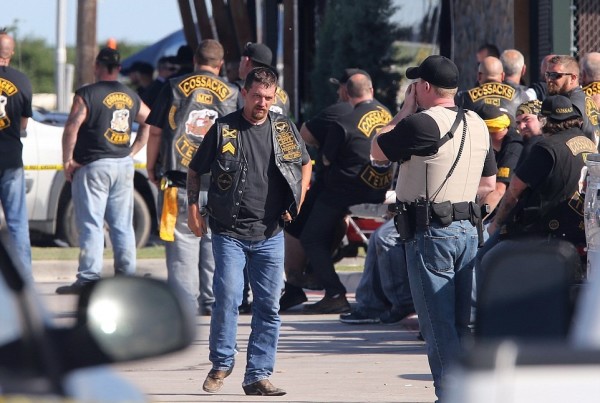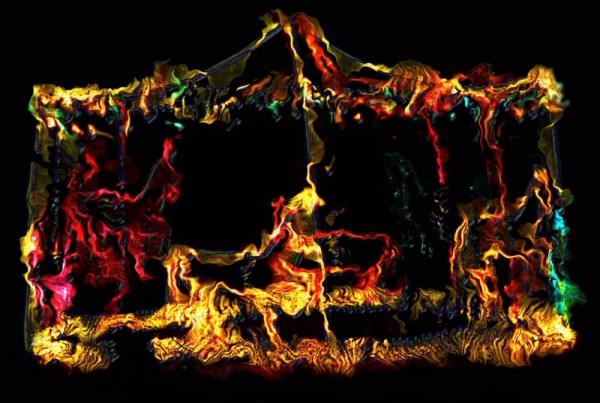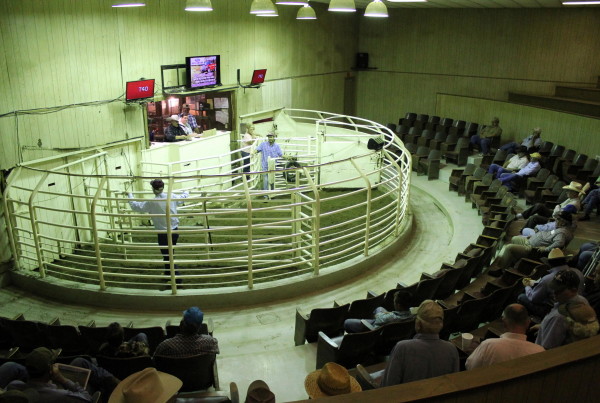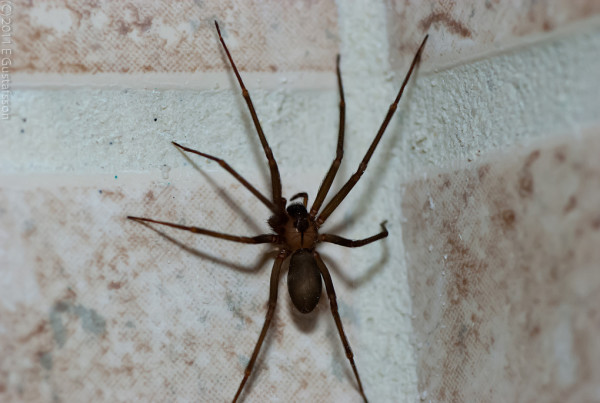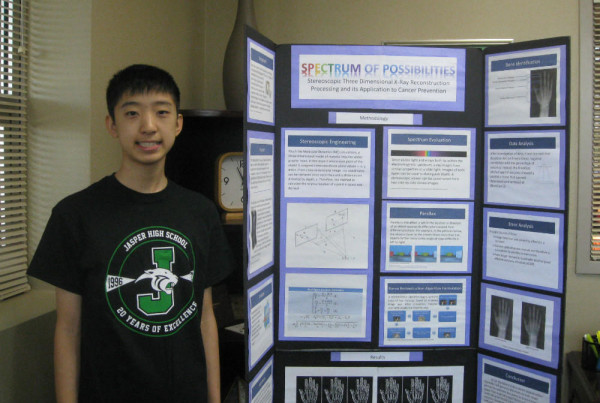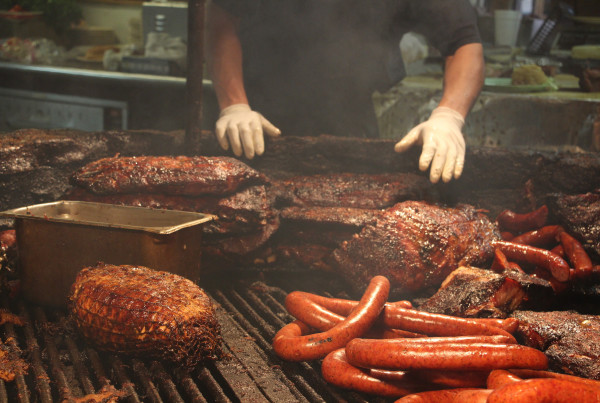The things left behind by those who died while crossing the border haunt Jen Reel, especially the baseball and a set of rings – perhaps one was an engagement ring. These items were in a backpack next to a man’s remains.
Reel is the multimedia editor and a photographer for the Texas Observer.
“You know? These items elicit questions – who was this person? Who was this baseball for? Who were these rings for? Who was he going to…?” she says.
Words fail her. Reel is trying to press back her emotions as she photographs Dr. Lori Baker, who tries to identify the remains. Baker works at one of several Texas labs performing skeletal analysis and DNA testing on remains of unidentified migrants who died after crossing the U.S.-Mexico border.
Baker and other forensic anthropologists are hoping to learn enough information about the remains to return them to their families.
“Right now in the lab, I think we have 176 individuals,” she says. “One has [been identified] and we are in the process of repatriation – but the rest have not.”
The walls of Baker’s forensic lab at Baylor University near Waco are lined with long rectangular cardboard boxes. Each box is labeled with big black numbers on a white sheet of computer paper. Inside the box there is a person’s skeleton – a life gone, a story waiting to be told.
“0355 is a young boy – and he is about the age of my oldest son,” she says. “Every time I look at that box I imagine my son somewhere in a lab and what could someone be doing to figure out who he is and that case haunts me.”
That’s why she’s doing everything in her power to figure out who this 11-year-old is.
“We’ve just had a facial re-construction done so I got to see his face for the first time,” she says. “This makes me happy and sad – I got to see his face for the first time.”
While we talk, volunteers carefully unpack each item. Then they start washing. Sometimes it takes months to wash a pair of jeans or a shirt because the bodies are so decomposed.
Baker’s goal is to give those things back to the families once their loved one is identified. Sometimes the task seems daunting.
Over the last 11 years, Baker has worked on hundreds of cases and only three people have been identified. Right now she’s working on 176 more. She’s had one match. Still, she classifies everything in hopes of finding the next.
“The young boy that I told you about had a home-made shirt – his mother made his shirt and it is a long-sleeve shirt with a collar,” Baker says. “It is a very nice shirt but it is homemade. She would remember that shirt.”
Baker and Reel remember each item too. They actually talk about them so much that Reel told Baker she’d do what she does best: take pictures and put them on a database.
“[Baker] said it would be great if we could do keyword search or if it was in Spanish and I thought, I’m documenting these things for a photo essay to build awareness,” Reel says. “But it was one of those few, few moments in journalism where, for a photographer, you can say this can actually be used as a tool.”
It’s not that databases don’t exist. Those that do, Baker says, are often cumbersome and riddled with errors.
“So, we go through the case and we go through the Sheriff’s department’s report,” Baker says. “The case number that was given to this individual vs these remains – This isn’t that case. They exhumed the wrong body for DNA testing!”
Baker and Reel believe a family member would not have made that mistake.
They’re convinced that if family members had some way to search online for signs of lost loved ones, there would me more answers. Until then, Reel is fundraising and working to make the database a reality. Perhaps, she hopes, before the deadly summer sun returns to haunt the trails of south Texas.


